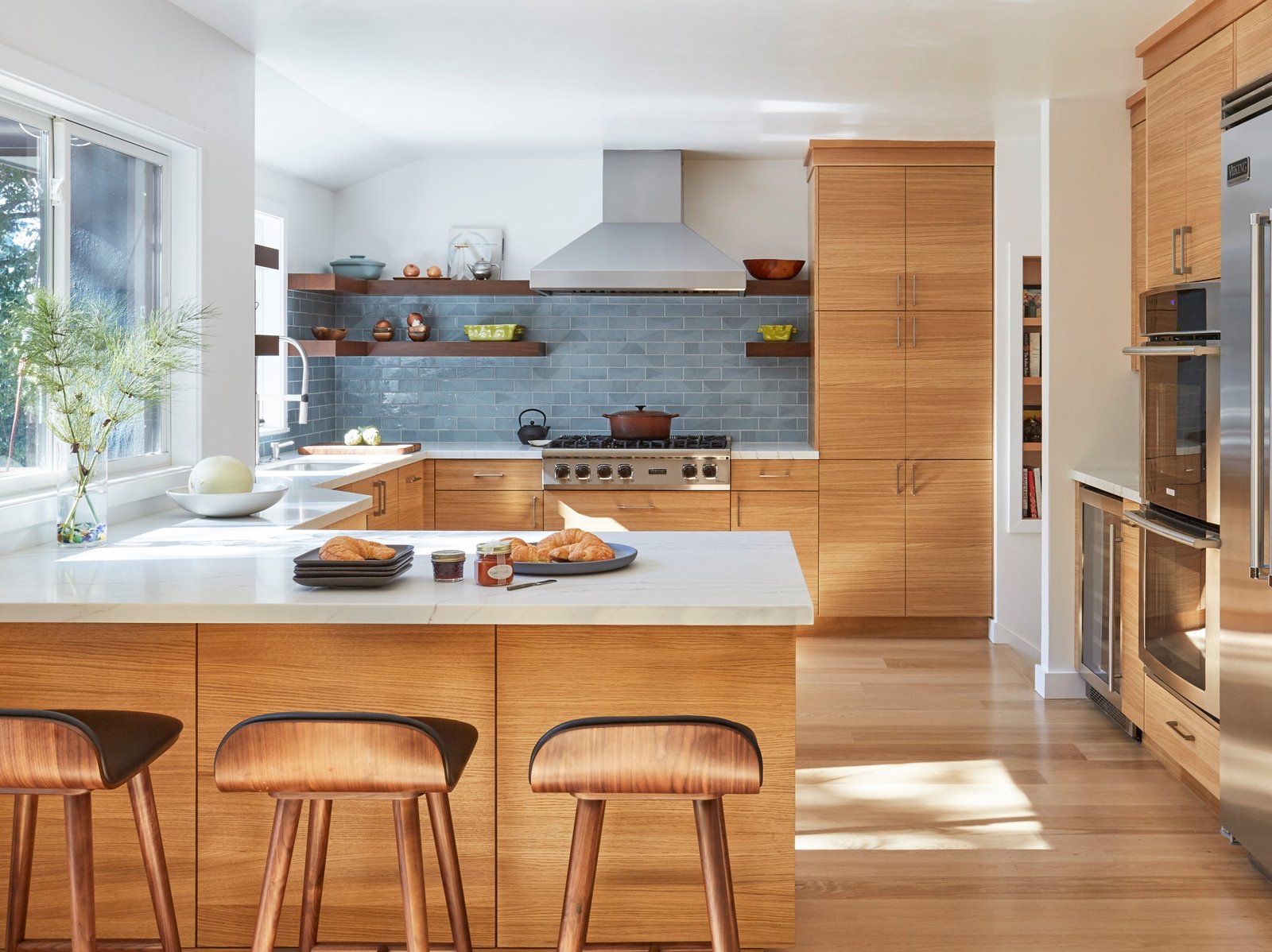Transform Your Living Space: The Ultimate Guide to Interior Design
Interior design is an art that transforms mere rooms into personal sanctuaries. It’s about creating spaces that not only look beautiful but also feel right, reflecting your personality and lifestyle. Whether you’re starting from scratch or refreshing an existing space, understanding the core principles and latest trends in interior design can help you create a home you’ll love. Transform Your Living Space: The Ultimate Guide to Interior Design
The Foundations of Interior Design
Balance
Balance in interior design refers to the distribution of visual weight within a room. Achieving balance can be done in three ways:
- Symmetrical Balance: Traditional and formal, where elements are mirrored on either side of a central axis.
- Asymmetrical Balance: Informal yet dynamic, using differing elements that achieve a harmonious balance.
- Radial Balance: Arranging elements around a central focal point, often seen in round tables or spiral staircases.
Harmony and Unity
These principles ensure that all elements in a room work together cohesively. Consistent color schemes, matching styles, and a unified theme contribute to a harmonious space.
Contrast
Contrast adds visual interest by juxtaposing different elements, such as light and dark colors, or rough and smooth textures. It’s an effective way to create focal points and keep the space engaging.
Rhythm
Rhythm in design refers to creating patterns and repeating elements like color, shapes, or textures. It guides the eye around the room, adding a sense of movement and flow.
Scale and Proportion
These principles ensure that the size of furnishings and decor is appropriate for the room’s dimensions and in relation to each other, creating a balanced and pleasing look.
Functionality
A beautifully designed room must also be practical. The layout, furniture, and decor should meet the functional needs of the space and enhance the comfort of those who use it.
Exploring Popular Interior Design Styles
Modern
Modern design is characterized by clean lines, minimalism, and a neutral palette. It focuses on simplicity and functionality, often featuring open spaces, sleek furniture, and the use of materials like glass, metal, and concrete.
Contemporary
While often used interchangeably with modern, contemporary design is more fluid, evolving with current trends. It incorporates a mix of textures, bold colors, and innovative materials, emphasizing comfort and sustainability.
Scandinavian
Scandinavian design emphasizes simplicity, functionality, and a connection to nature. It features light colors, natural materials, and minimalistic decor, with clean lines and cozy textiles.
Industrial
Industrial design draws inspiration from old factories and warehouses. It showcases raw materials like exposed brick, metal, and wood, often featuring open floor plans, high ceilings, and utilitarian furniture.
Traditional
Traditional design is rooted in classic European decor, exuding elegance and sophistication. It features rich colors, ornate furniture, and detailed molding, with plush fabrics and antique pieces.
Bohemian
Bohemian, or boho, design celebrates creativity, individuality, and a mix of cultures and styles. It incorporates vibrant colors, eclectic furniture, and an abundance of patterns and textures.
Embracing Current Trends in Interior Design
Sustainable Design
Sustainability is becoming a key focus in interior design. This trend emphasizes eco-friendly materials, energy-efficient appliances, and practices that reduce waste.
Biophilic Design
Biophilic design connects interior spaces with nature. It incorporates natural elements like plants, natural light, and organic materials, creating a calming and healthful environment.
Smart Homes
Technology is revolutionizing home design. Smart homes feature automated lighting, heating, and security systems, as well as smart appliances that can be controlled remotely.
Maximalism
Maximalism embraces bold colors, patterns, and an abundance of decor. This trend encourages personal expression and creativity, allowing for a vibrant and dynamic space.
Mixed Metals
Mixing different metal finishes, such as brass, copper, and chrome, adds visual interest and a contemporary touch to interiors. This trend works well in various styles, from modern to traditional.
Tips for Designing Your Space
- Start with a Plan: Outline your goals, budget, and timeline before making changes. A plan keeps you organized and focused.
- Consider Your Lifestyle: Design your space to fit your daily needs and routines, ensuring it’s both practical and comfortable.
- Choose a Color Scheme: Select colors that reflect your style and create the desired mood for each room.
- Invest in Quality: Whenever possible, invest in high-quality furniture and decor. These pieces last longer and provide better comfort and functionality.
- Experiment and Personalize: Don’t be afraid to try new things and take risks. Mix different styles, colors, and textures to create a unique and personalized space.
Interior design is a journey of transforming spaces into reflections of yourself. By understanding the principles and trends, and by trusting your instincts, you can create a home that is both beautiful and functional, a true masterpiece of your own making. Transform Your Living Space: The Ultimate Guide to Interior Design




Leave a Reply